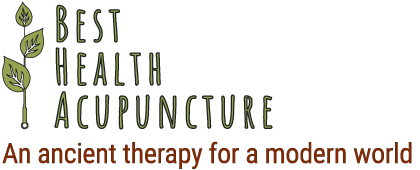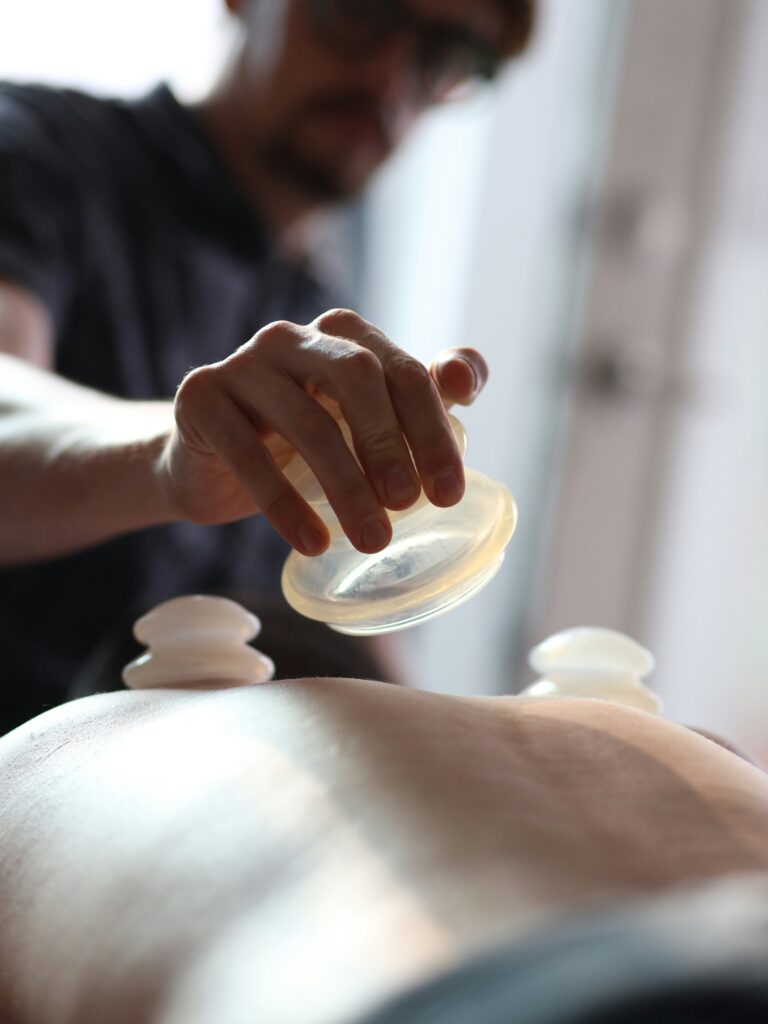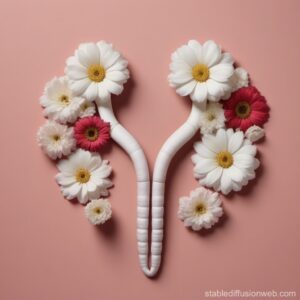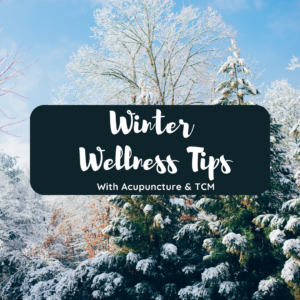How Cupping, Gua Sha and Tui Na Can Help You Access the benefits of Traditional Chinese Medicine Without the Use of Acupuncture
Are you curious about Traditional Chinese Medicine (TCM) but hesitant when it comes
to acupuncture needles? You’re not alone—and the good news is that acupuncture isn’t
the only way to access the healing benefits of TCM.
Cupping, Gua Sha and Tui Na massage are three powerful, needle-free treatment options that
support your body’s natural ability to heal. Whether you’re dealing with chronic pain, stress, tension or just want to feel better in your body, these therapies offer accessible and effective solutions with no needles required.
As a Registered Acupuncturist with a diploma in Traditional Chinese Medicine, I offer personalized sessions that blend these 3 needle-free bodywork techniques based on your unique needs. Read on to learn what they are, how they work and why they might be the perfect place to begin your TCM journey.
What Is Cupping?
Cupping is a needle-free traditional Chinese medicine technique that involves placing suction cups on the skin to create negative pressure. This stimulates blood flow, loosens tight muscles, encourages lymphatic drainage and promotes the movement of qi (energy) and blood—two core principles in TCM. Cupping is commonly used to address:
- Muscle tension and pain (especially in the back, neck, and shoulders)
- Stress and fatigue
- Respiratory concerns (like colds or congestion)
- Headaches and sluggish circulation
- *The therapy is deeply relaxing and can leave temporary circular marks on the skin. These marks are not bruises—they are a result of stagnant blood, lymph and toxins being brought to the surface so the body can process and release them. They are a normal part of healing and typically fade within a few days.
What Is Gua Sha?
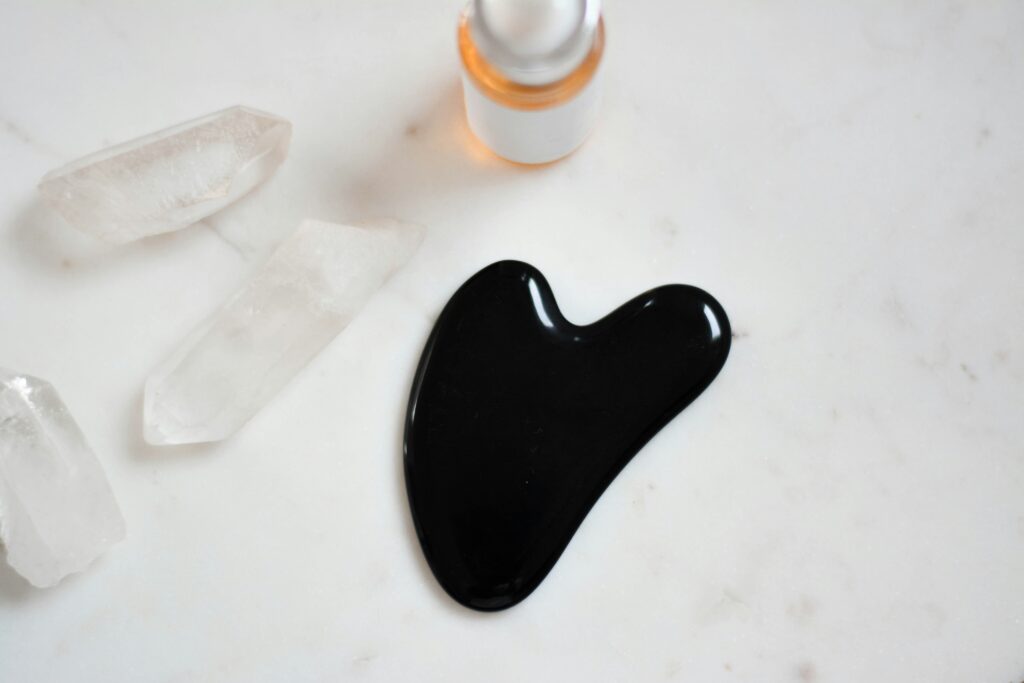
Gua Sha (pronounced gwah-shah) is a needle-free traditional East Asian healing technique that involves using a smooth-edged tool to gently scrape the skin in upward or outward strokes. The term “Gua” means “to scrape,” and “Sha” refers to the redness or petechiae (tiny red dots) that may appear on the skin as circulation improves and stagnation is released.
This technique is used to stimulate blood flow, move lymph, reduce inflammation and
promote the smooth flow of qi (vital energy) throughout the body.
Gua Sha is especially effective for:
- Neck and shoulder tension
- Headaches and jaw tightness (TMJ)
- Muscle stiffness and pain
- Early-stage colds or flu
- Facial rejuvenation (when applied with light, gentle strokes)
- *Depending on the area treated and your body’s level of stagnation, the skin may show temporary redness or slight markings. These are completely normal and usually fade within a few days. Many clients report feeling instantly lighter, more relaxed, and less tense, even after just one session.
What Is Tui Na Massage?
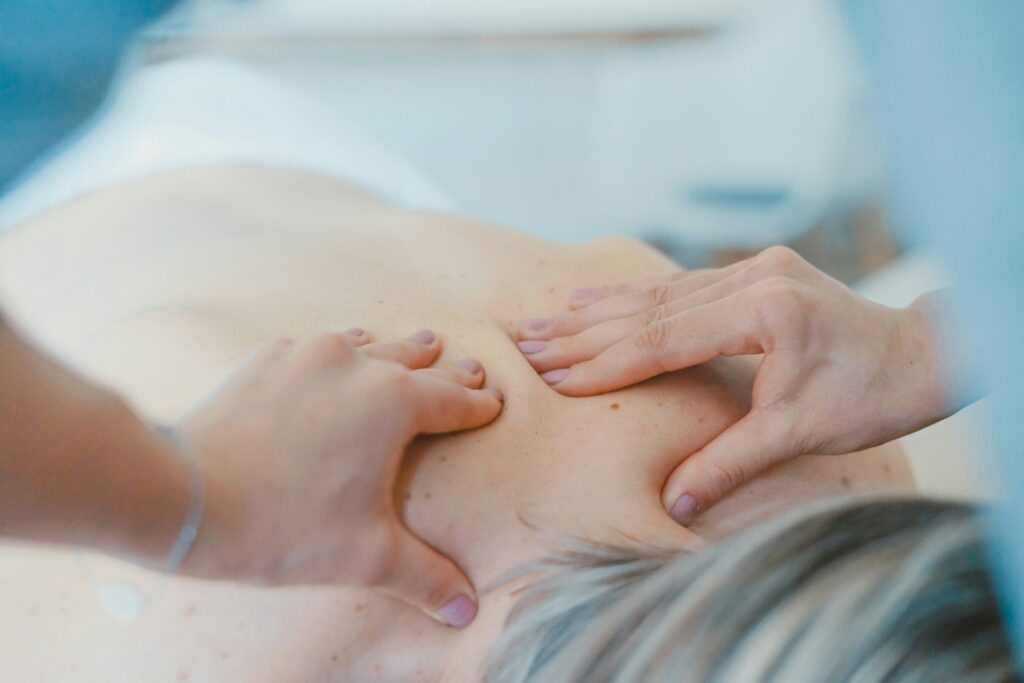
Tui Na massage (pronounced twee-nah) is a needle-free ancient and powerful hands-on healing technique from Chinese medicine. Unlike typical Western (Swedish) massage that focuses mostly on muscle relaxation, Tui Na follows the same principles as acupuncture and uses hands-on techniques to stimulate acupuncture points, meridians, and muscles to restore balance in the body.
Tui Na is designed to address both internal imbalances (such as digestive, hormonal, or motional concerns) and external conditions (like muscle tension, joint pain, or injuries). It bridges the gap between bodywork and Eastern medicine, making it one of the most comprehensive manual therapies available in Traditional Chinese Medicine.
Using techniques such as kneading, pressing, rolling, and stretching, Tui Na can be used to:
- Release muscle tension and support joint mobility
- Improve circulation and lymphatic flow
- Regulate your nervous system (sympathetic and parasympathetic) i.e digestion, sleep, menstruation, etc.
- Calms the nervous system and eases emotional stress
- Can even be used in pediatric care with gentle modifications
Whether you’re dealing with physical discomfort, emotional stress, or internal imbalances, Tui Na offers a deeply therapeutic and holistic approach to healing. It can be used as a stand-alone treatment or combined with other therapies like cupping and Gua Sha to enhance results.
Who Can Benefit from Needle-free therapy?
Needle-free Traditional Chinese Medicine therapies like Cupping, Gua Sha and Tui Na massage
are incredibly versatile. These treatments aren’t just for athletes or people with back pain. They’re for anyone looking to feel better, move better and live with less stress and more balance.
People with chronic muscle tension
Neck stiffness, shoulder tightness, and sore backs are all signs of stagnation. These therapies gently release tension, improve circulation and help you move freely again.
Athletes, lifters, and runners
Support your recovery between workouts, reduce soreness, improve performance, and prevent injury.
Busy professionals, parents, and students
Mental fatigue, jaw clenching, poor sleep, and a neck tightness are common signs of stress and imbalance. These sessions are a chance to reset and restore both mind and body.
Anyone dealing with anxiety, overwhelm, or burnout
These therapies help calm the nervous system, regulate emotions, and
support better sleep and digestion — all essential for emotional and
physical well-being.
People feeling rundown or getting sick often
Especially helpful during cold and flu season, Cupping and Gua Sha can
clear congestion, release trapped heat, and boost your immune system.
Desk workers and tech-neck sufferers
Hours of sitting and screen time can lead to chronic pain and poor posture.
These treatments help undo the physical strain of modern lifestyles.
Sensitive individuals or those afraid of needles
These therapies are completely needle-free, making them ideal for those who want the benefits of Traditional Chinese Medicine without acupuncture.
Children and Teens
Gentle versions of Tui Na and Gua Sha can help with sleep issues, anxiety,
digestive discomfort (such as constipation), growing pains and recovery from sports or school
related stress.
Anyone looking to feel more balanced, energized, relaxed and supported
You don’t need to be in pain to benefit. Cupping, Gua Sha, and Tui Na are great for regular self-care, improving circulation, boosting mood and helping you feel more at home in your body.
Common Myths About These Needle-Free Therapies
Myth #1: These techniques are only for serious injuries.
Truth: While they are excellent for relieving muscle tension, chronic pain and recovery
from injuries, these therapies also play a preventative role in Traditional Chinese Medicine. They help regulate the nervous system, promote circulation and support immune function—making them beneficial for managing stress, enhancing sleep, boosting digestion and even reducing the frequency of colds or flu. Many clients use these therapies regularly to maintain health, not just to fix problems.
Myth #2: Cupping and Gua Sha leave painful bruises.
Truth: The marks left by Cupping or Gua Sha are not bruises from trauma. They are a result of stagnation (like lymph, old blood, or toxins) being brought to the surface. These marks are typically painless and fade in a few days. Most clients actually find the treatments very relaxing and even experience immediate relief after sessions.
Myth #3: Tui Na is just like a regular massage.
Truth: Although Tui Na may look like massage, its purpose and approach are very different. It is based on the same principles as acupuncture and is used to move qi and blood, stimulate specific acupoints and meridians, and restore internal balance. It treats both external conditions (like tight muscles or joint pain) and internal issues (like digestive troubles, hormonal imbalance, or emotional stress).
Myth #4: You need a long session to see results.
Truth: Even a short session focused on a specific concern, like tight shoulders or early-
stage cold symptoms can make a big difference. Regular, short sessions are often more
beneficial than occasional long ones, especially when used as a part of a wellness
routine.
Myth #5: It’s only for adults.
Truth: These therapies are highly adaptable and can be used with children, teens, and
even the elderly. With gentle pressure and age-appropriate techniques, they can safely
help with stress, sleep troubles, digestive issues, and growing pains. Pediatric TCM is a
well-established area of care that focuses on non-invasive support for growing bodies.
Myth #6: You should only seek treatment when you’re already sick or injured.
Truth: In TCM, the best medicine is prevention. Cupping and Gua Sha can help clear
pathogens early in a cold or flu (think stuffy nose, body aches, or chills) and may even
help reduce the severity or duration of illness when used early. Regular sessions can
also help reduce susceptibility to seasonal illnesses by boosting your body’s overall
resilience.
What to Expect During a Needle-Free Therapy Session:
Each session begins with a comprehensive assessment, where we take the time to discuss your health history, current concerns, lifestyle habits, and wellness goals. This isn’t just a quick intake; it’s a chance for me to fully understand the root of your symptoms from a Traditional Chinese Medicine perspective. This process helps guide the treatment plan, so it’s tailored specifically to you.
We’ll explore physical symptoms, emotional well-being, sleep patterns, digestion, stress
levels and anything else that may be affecting your overall balance. From there, I’ll
determine the best needle-free approach using one or a combination of TCM bodywork techniques
such as Cupping, Gua Sha, and/or Tui Na. The treatment itself is relaxing, therapeutic and personalized. You’ll remain comfortably clothed or draped depending on the area being worked on, and I will walk you through
each step, so you feel informed and at ease.
After the session, we’ll go over any observations, aftercare suggestions, and
recommendations for follow-up. My goal is to support not only symptom relief but long-
term wellness, helping you feel empowered in your healing process.
How Often Should You Book?
Every person is different, but here are some general guidelines:
-For acute conditions (like tension headaches or a pulled muscle): 1–2 sessions per
week for a few weeks may help resolve the issue.
-For chronic or stress-related issues: Regular sessions every 2–4 weeks can help
maintain balance and prevent flare-ups.
-For general wellness: A monthly session can be a great way to support immune
health, circulation, and mental clarity.
We will discuss what’s best for you and adjust your care plan as your body responds.
Why Choose Needle-Free TCM?
Cupping, Gua Sha and Tui Na massage are excellent options for:
- People who are afraid of needles but still want the benefits of TCM
- Those experiencing muscle pain, tension, or stress
- Anyone recovering from physical strain or seeking preventative care
- Individuals struggling with poor sleep, low energy or emotional overwhelm
- People looking to support their immune system naturally, especially during cold and flu season
- Early treatment of colds or respiratory symptoms. Cupping and Gua Sha can help relieve congestion, boost circulation and shorten recovery time
Let’s Get You Started!
Whether you’re new to TCM or just looking for a more hands-on, non-invasive approach, Cupping, Gua Sha and Tui Na are powerful, personalized and needle-free options to support your health.
- Click [here] to book your session now
- OR schedule a free 15-minute phone consultation [here] to ask questions and see if these treatments are right for you.
You don’t have to be in pain to enjoy all the benefits of these needle-free therapies. They are great as a stand-alone treatment or as a compliment to your regular acupuncture sessions. Begin your journey with
holistic, needle-free Traditional Chinese Medicine and feel the difference in your body mind and energy.
Meet Kayla Booker, Registered Acupuncturist and TCM Bodywork Therapist
Click Here to learn more about Kayla Booker and her services
